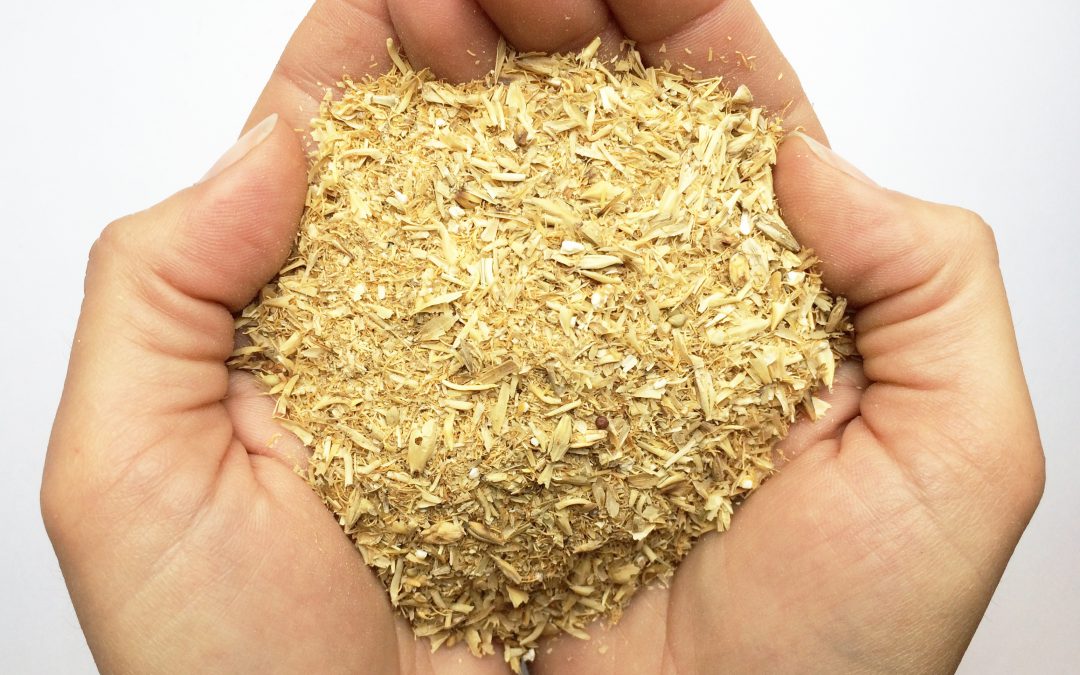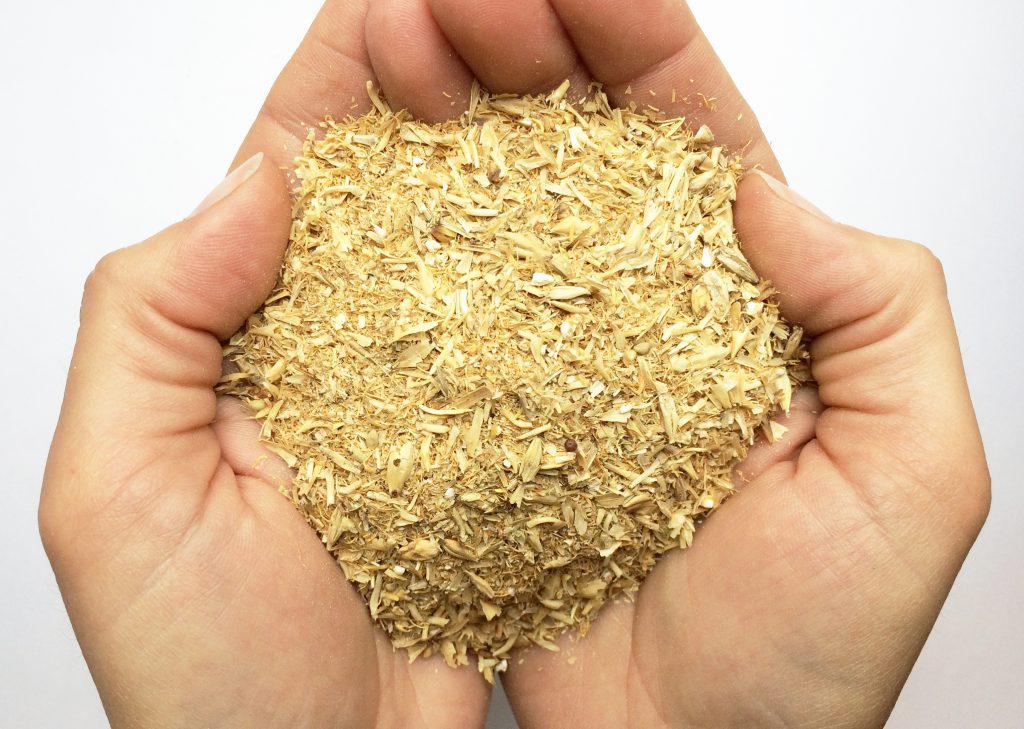In my last blog I described Wet Brewers Grains and what a great feed option it is for dairy producers in Wisconsin as well as other beer producing areas. Another great feed option is MALT SPROUTS. Remember those malting houses that prepare the barley grain into malted barley that each brewery utilizes in their process? Well during the malting process, each grain of barley needs to sprout up the beginning of a plant or germinate. This may make you go back to your biology days…. I apologize in advance. The barley starts to germinate and is then dried and heated to stop the process. The sprouts that had started, as well as the hull of the barley, are also dried into a co-product that humans can’t utilize called MALT SPROUTS. The germinating and drying processes creates a sweet, dark flavor to the grain that is what makes for great tasting beer.
Why are malt sprouts a great feed?? Cows, as ruminants, need a lot of fiber in their diet. This is why they eat grass and hay. A well balanced dairy cow diet should have a fiber as the highest percentage of the diet. This can come in many forms, fresh grass grazed, dry alfalfa hay, corn silage, or a byproduct that is high in fiber.
Malt sprouts are a great tool for dairy farmers in Wisconsin to help add some fiber to their diet mixture. They also provide protein. A cow’s diet for optimum milk production is a balancing act between fiber, fat, protein, and necessary minerals a cow needs to produce nutritious milk. Cows eat better than I do. A dairy nutritionist will utilize computer programs and years of knowledge to balance the feeds a farm produces (corn, soybean meal, hay, silage, oats or straw) with minerals and co-products that companies like LaBudde Group or local feed mills supply to them. They make up a “recipe” for the farmer to follow and it all gets mixed together into a cow casserole called a TMR (Total Mixed Ration). This casserole is even better than grandma’s Tator-Tot surprise. It includes the exact amount of daily needs for every mineral, protein, fiber, etc. that they require.
This is similar to a salad being made for you that contained the exact portions of servings a human needs for dairy, vegetables, meat, fruits, and breads all mixed together for you.
Back to Malt Sprouts – this product that can’t be utilized by humans, is a perfect option for fiber and protein to add into a diet. One thing those nutritionists have to watch though is flavor. Malt sprouts can be a little bitter, all the sweet stuff goes into the malted barley and your beer. So the general feeding suggestion is 4 lbs of malt sprouts per cow, per day. So in a 50 lb stomach of feed, you can’t have over 8% of the mix as Malt Sprouts. This is why hay is always a staple in a diet. Nothing can replace Hay completely for dairy cattle.
Why would a farmer go to the work of substituting something he may already have access to like Alfalfa hay, with a co-product like malt sprouts? Economics, of course. When you buy groceries, if the romaine lettuce is $0.50 cheaper than the iceberg lettuce and you like them the same, you probably will buy the romaine lettuce. The same holds true for feed options. A well-educated producer and his nutritionist know they can replace 4 lbs or hay with 4 lbs of Malt sprouts. The Malt Sprouts are $50/ton less, he can save $50 per day or $18,250 a year on a 500 cow herd!
The bottom line: A farmer is saving money and producing delicious milk and cheese, and the malting house is finding a valuable home for product that would otherwise be used for landfills.
Check out my next blog when we explore the sustainability of Beet Pulp – from Sugar Beets!!!


